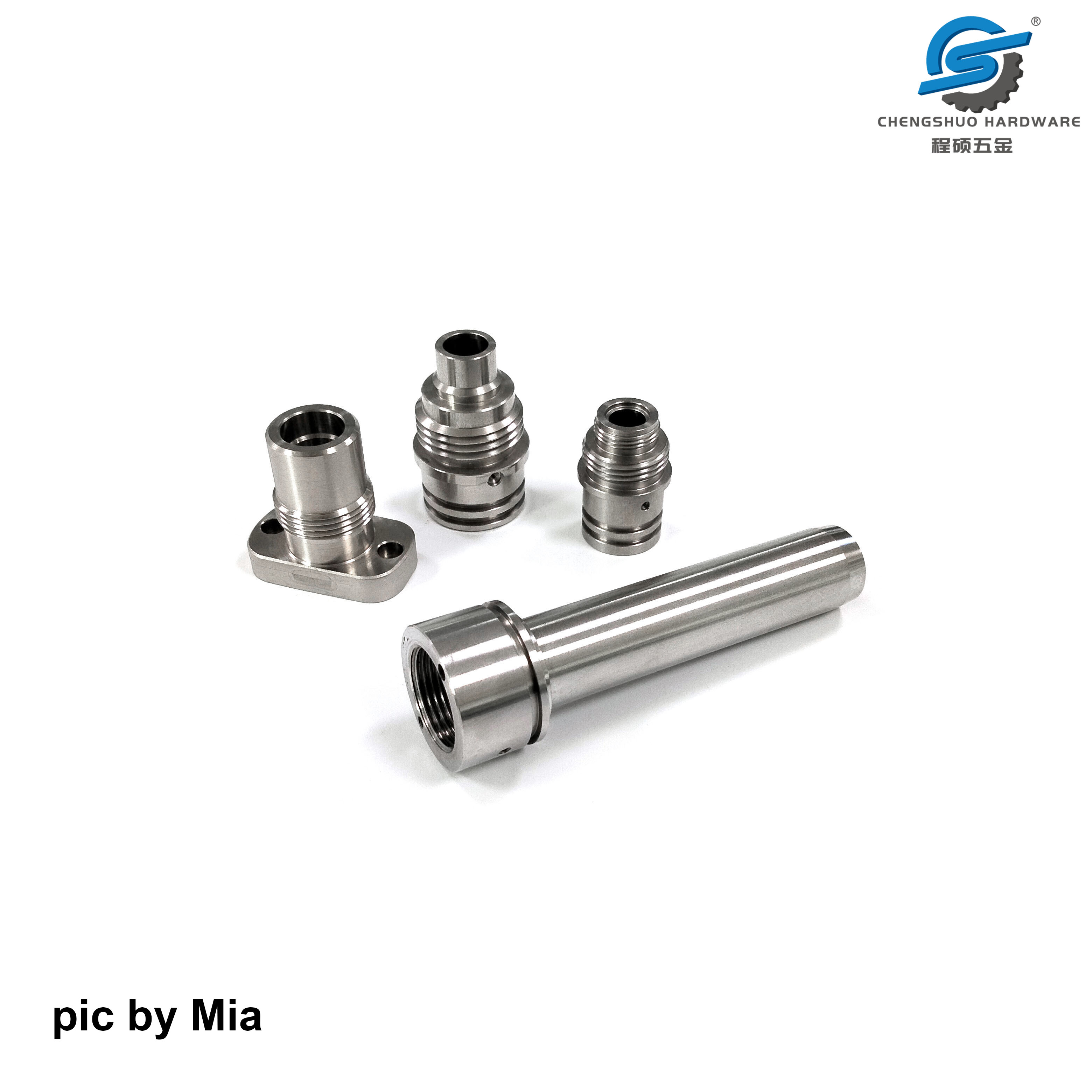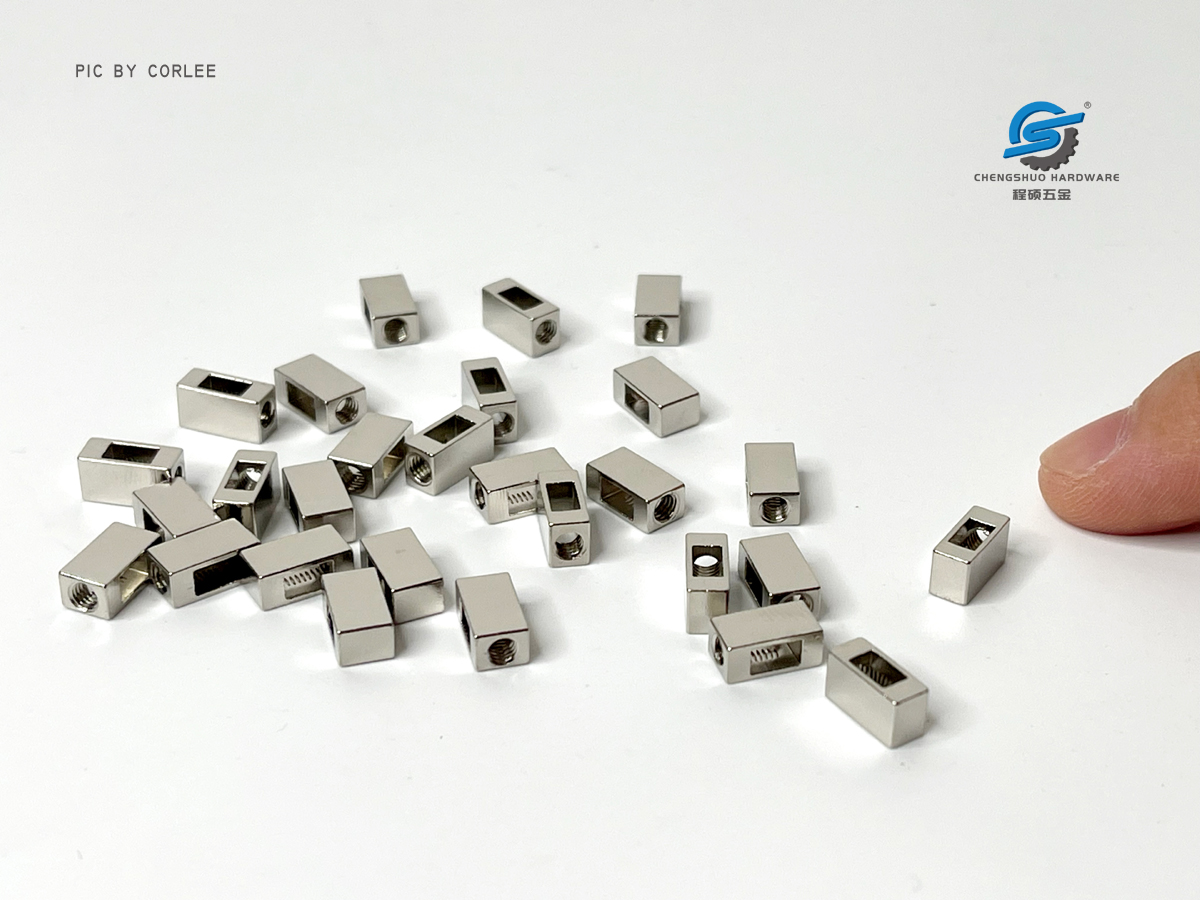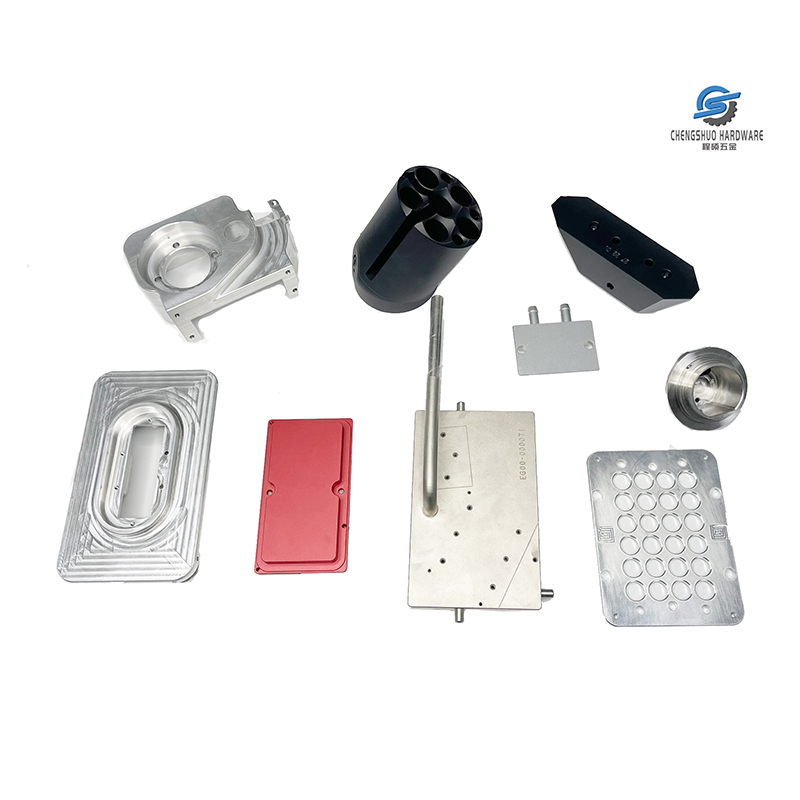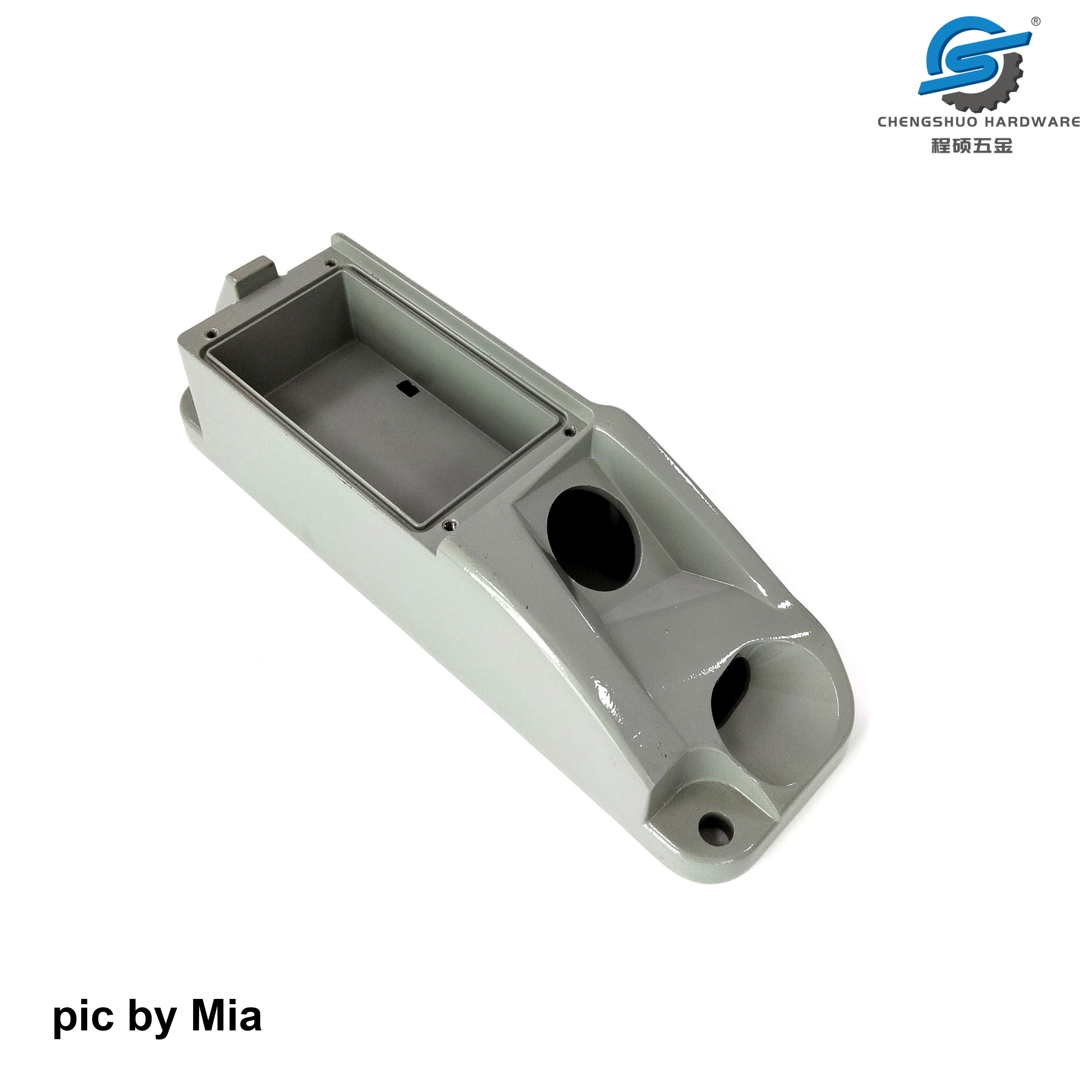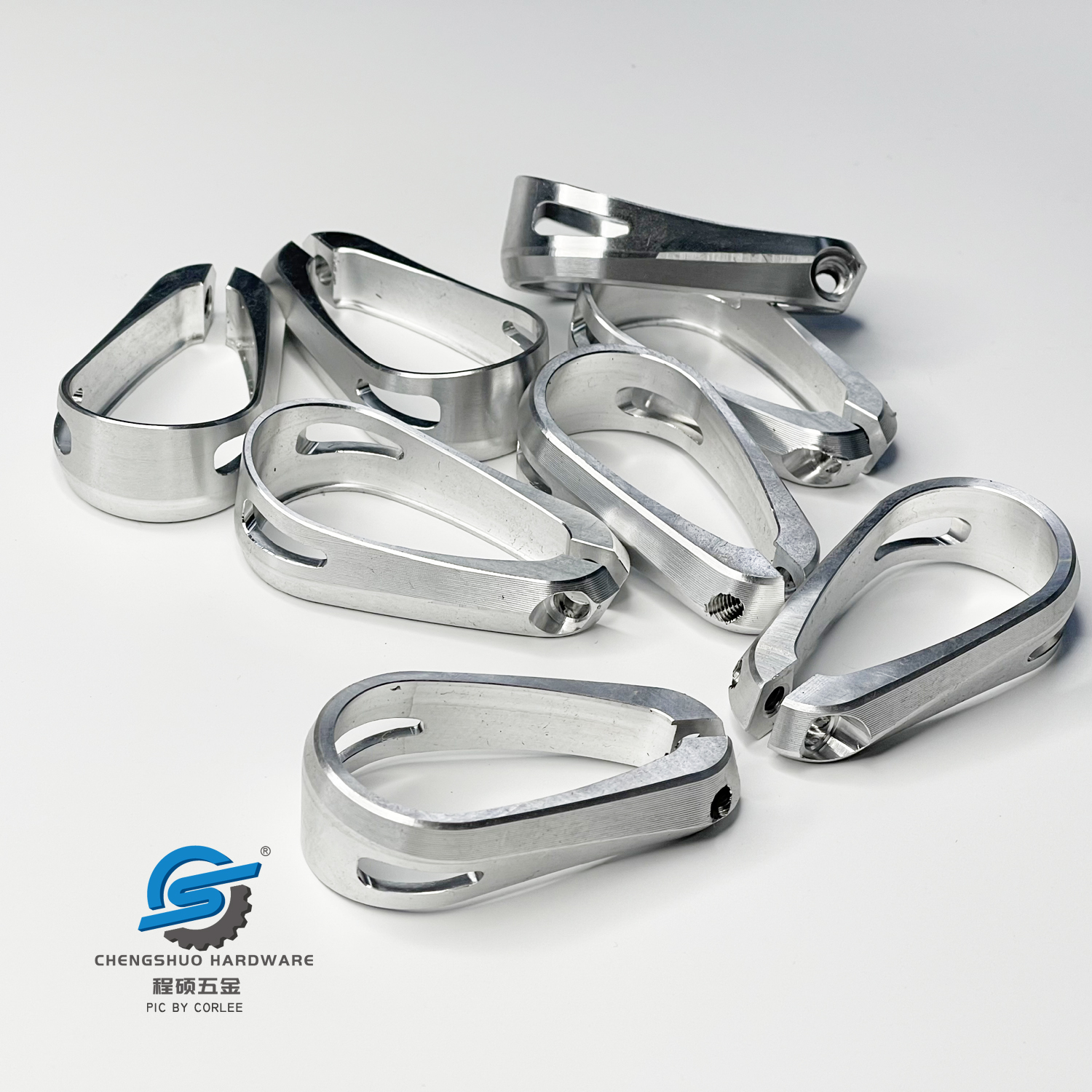PMMA, also known as acrylic or organic glass, indeed possesses high strength and resistance to stretch and impact, making it a versatile material for various applications. The process of heating and stretching acrylic to arrange molecular segments in an orderly manner is known as annealing, and it significantly enhances the toughness of the material. Acrylic finds widespread use in numerous industries for manufacturing instrument panels, covers, surgical and medical equipment, bathroom facilities, household items, cosmetics, brackets, and aquariums due to its optical clarity, durability, and ease of fabrication. The material's properties make it suitable for applications that require transparency, impact resistance, and aesthetic appeal. Overall, acrylic's unique combination of strength, transparency, and versatility makes it a preferred choice for a wide range of industrial and consumer goods.




